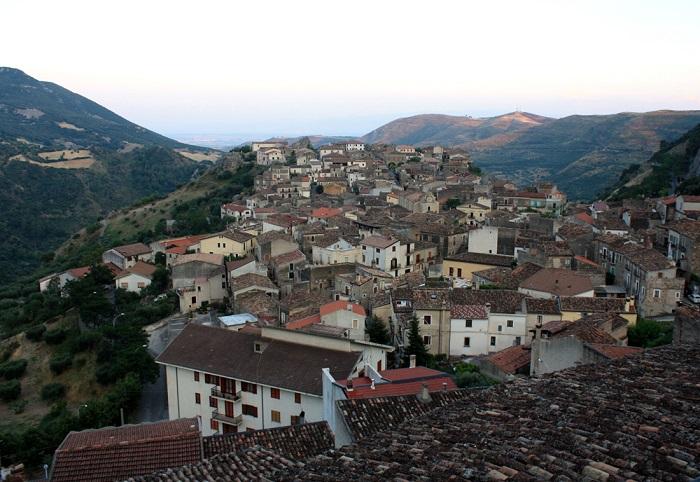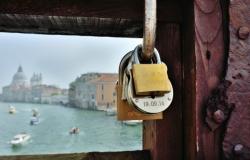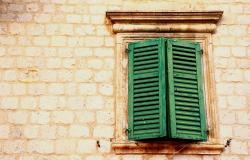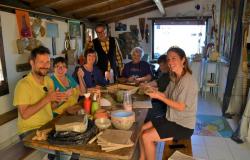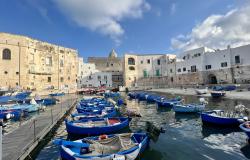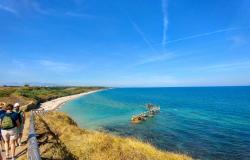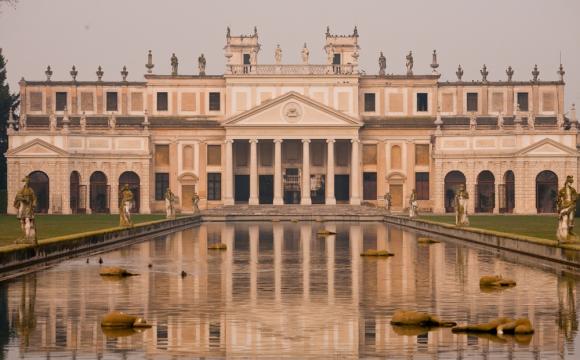Words by Anna Lebedeva, blogger of Green Holiday Italy
Very often, when I see the words “responsible tourism,” they are accompanied by photos of African kids, natives in Bolivian traditional costumes or smiling volunteers with Kathmandu in the background. The truth is, you do not need to go to exotic places to be a responsible traveller. I live in Italy and even going to explore a village 30 minutes from my home, I try to behave like a responsible traveller.
As one of the most visited countries in the world, Italy is swamped with mass tourism and such big cities as Rome, Venice and Florence are feeling the strain. If you want to make your visit responsible and unforgettable, there are a few things to take into consideration.
Plan your trip. Flicking through a guidebook is not enough. Spend some time online to find local independent guides who are always looking for business and passionate about their land. In rural destinations, not all of them speak perfect English, but you will still learn and discover more with them than from a guidebook or on any package tour. If you would rather go on an organised trip, look for small companies that offer interesting alternatives. For instance, Libera Terra offers fantastic holidays in Sicily on the farms seized from the organised crime, so, by choosing their package, you will support the growing anti-mafia movement and see the less visited corners of the island.
Go off the beaten track. Visit less touristy places to see the real Italy. Almost 48 million visitors arrive to the Bel Paese every year; however, a large portion of the country remains unexplored with only 13% of tourists going to Southern Italy. True, tourism infrastructure is less developed there and it is more difficult to get to, say, Calabria than Tuscany. However, the warmth of welcome, authenticity, low prices and half-empty beaches certainly make up for any inconvenience.
Respect the locals. Love locks on bridges and picnics on Piazza San Marco in Venice are two examples of complete disrespect towards the locals. Also, remember that a few seaside towns on the Amalfi Coast have banned (rightly so!) bikinis and skimpy wear in public areas beyond the beach. In small towns and villages, it is still a norm to say “hello” to strangers on the streets, so smile, nod and give your “Buongiorno” left and right.
Stay longer in one place. The average tourist spends 1-2 days in Florence, which is enough to say that you have visited the city, but is in no way sufficient to get to know this beautiful city. Instead of rushing through cities and hilltop towns ticking them off your list, slow down. Spend an hour or two sipping a coffee in a central piazza, have a long lunch in a town’s trattoria, get lost on windy little streets of a mountain village. It is only on unrushed trips that you can understand the heart and soul of Italy.
Buy authentic Italian-produced souvenirs. It always amazes me how attached Italians are to their traditional crafts and foods, which makes it really easy to find original authentic souvenirs. Any small bakery will be happy to gift wrap local biscuits for you. Ask around what local specialties are and you will be rewarded: sugared almonds from Sulmona in Abruzzo, woodcarvings in the Dolomites, artisan limoncello on the Amalfi coast. The shop Ai Monasteri (corso Rinascimento, 72) in Rome, near Piazza Navona, sells sweets, liquors, honey, and cosmetics hand-made in Italian convents and monasteries with the utmost respect for the environment. How about a small bottle of Elixir of Love based on a recipe from the 16th century that is produced in limited amounts: only 10 bottles are made each year! I bet it would be one of the most original souvenirs you have ever bought!
Discover Italian nature. Italy is not only about architecture and good restaurants. There are 24 spectacular national parks in Italy and many natural reserves. Most of them have excellent tourism infrastructure, well signed hiking and cycling paths. Such national parks as Gran Paradiso and Dolomiti Bellunesi are quite popular with foreign visitors, but many others are still waiting to be discovered.
Show you care. Check the environmental credentials of the place you are staying in. There are plenty of green hotels, farms and B&Bs in Italy, so you will be spoilt for choice. No need to buy endless supplies of bottled water in Italy: almost every city and village have drinking water fountains where you can refill your bottle. In Rome alone there are 2,500 of them!
Make sure to check out our interview with Anna on ITALY Magazine's Blog of the Week and keep in touch with her via Green Holiday Italy.
